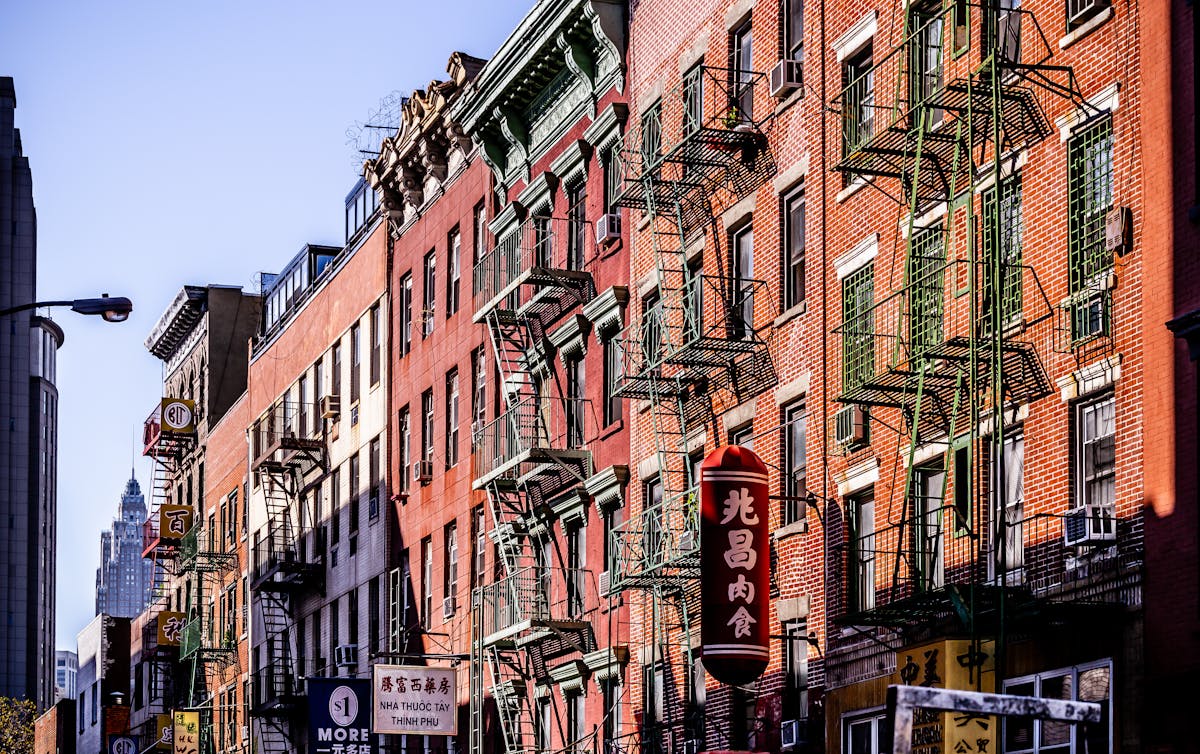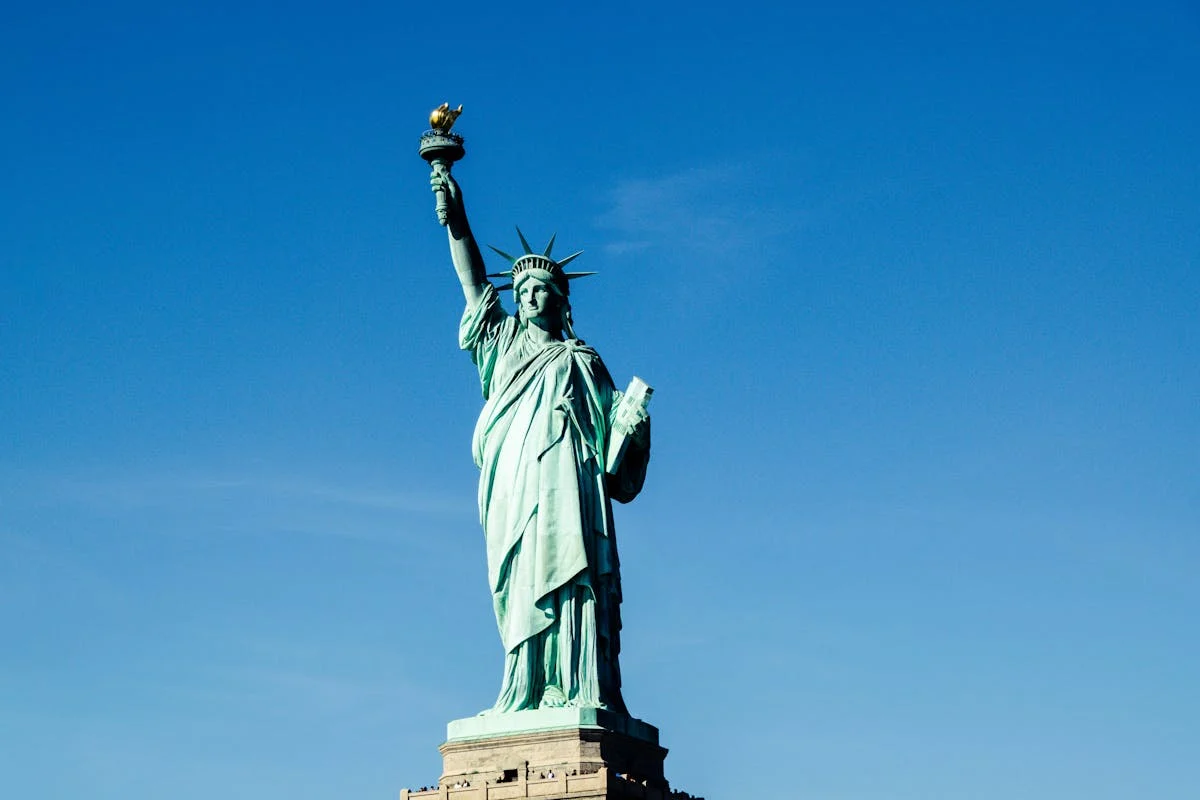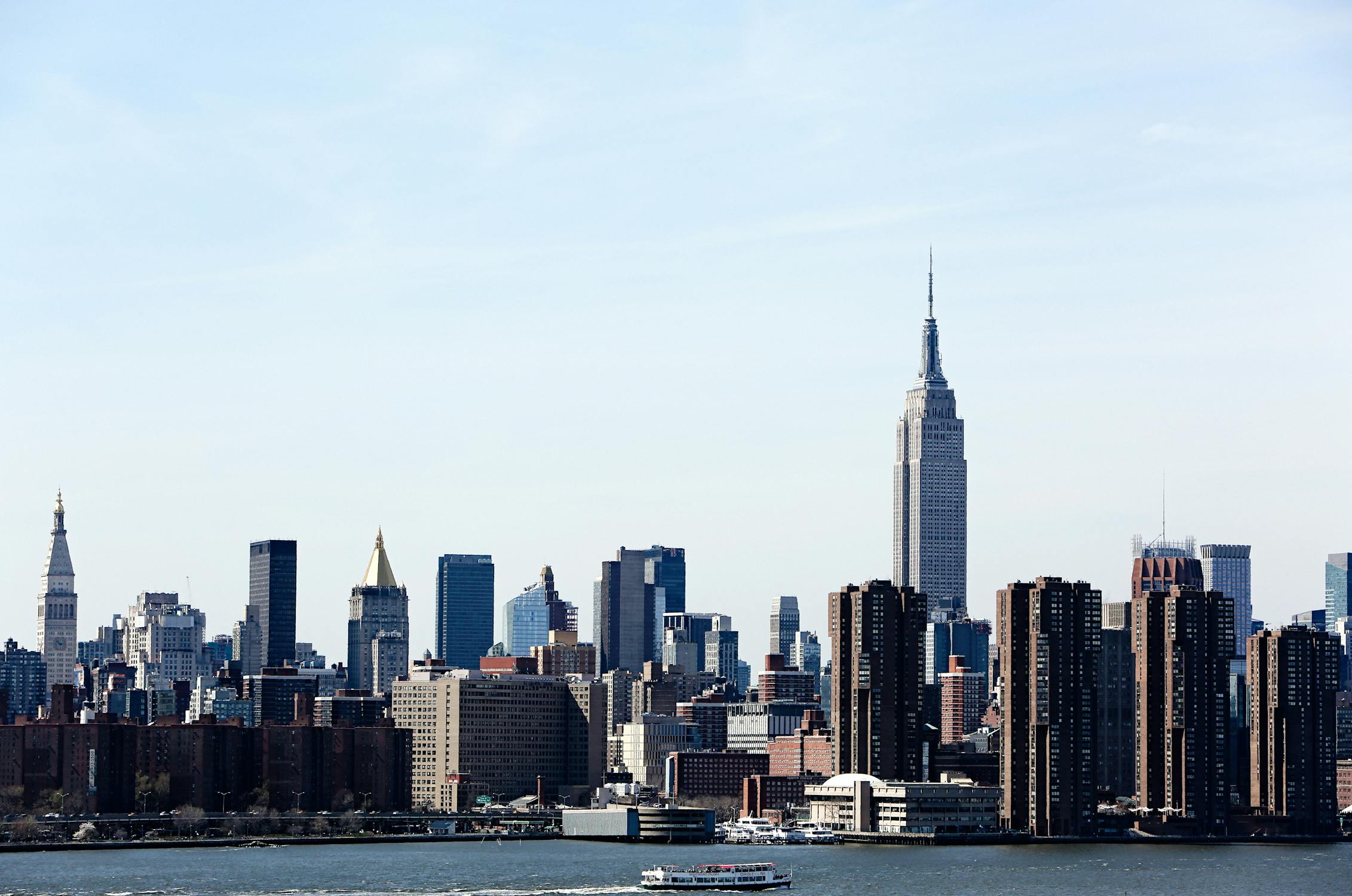New York City – the Big Apple – a destination that sparks imagination with its towering skyscrapers, world-class museums, vibrant theatre scene, and endless culinary delights. For many, the dream of stepping onto a plane bound for JFK is the first step in a thrilling adventure. When considering Virgin Flights To New York, you’re not just booking a seat; you’re embarking on a journey with an airline known for challenging the status quo and, increasingly, for its commitment to a more sustainable future for travel. Getting there is part of the experience, and understanding how your journey impacts the places you love to visit adds another layer of meaning to your trip.
Thinking about those exciting virgin flights to New York, the journey itself holds a unique allure. The anticipation of soaring across the Atlantic, watching clouds drift by, and finally seeing the iconic New York skyline emerge from the horizon is palpable. Virgin Atlantic has long been synonymous with a certain style and service, making the transatlantic crossing feel special. But beyond the onboard experience, there’s a quiet revolution happening that’s set to redefine what virgin flights to New York mean for the planet. This is where the future of aviation intersects with your desire to explore the world responsibly.
A Milestone for Sustainable Virgin Flights to New York
Recently, Virgin Atlantic achieved a historic feat that directly impacts the future of virgin flights to New York and beyond: the first ever transatlantic flight by a commercial airline using 100% Sustainable Aviation Fuel (SAF). This wasn’t just a symbolic gesture; it was a demonstration of capability, proving that today’s aircraft, engines, and infrastructure can safely operate on a fuel derived entirely from waste products, offering a dramatic reduction in lifecycle carbon emissions compared to traditional jet fuel. This flight, dubbed Flight100, travelling from London Heathrow to New York JFK, is a critical step towards making future virgin flights to New York significantly greener.

The significance of this achievement cannot be overstated. While electric and hydrogen-powered flight might be viable for shorter routes in the distant future, SAF is the only mid-term solution for decarbonizing long-haul routes like those undertaken by virgin flights to New York. This flight proved that 100% SAF is a safe “drop-in” replacement, meaning it can be used in existing aircraft without modifications. It’s about taking the technology we have today and making it drastically more sustainable.
Understanding Sustainable Aviation Fuel (SAF)
What exactly is SAF, the fuel powering the future of virgin flights to New York? Unlike traditional jet fuel derived from fossil sources, SAF is produced from a variety of sustainable feedstocks. These can include used cooking oil, agricultural waste, municipal solid waste, and even non-food crops or plant sugars. The SAF used on the historic Flight100 was a blend of HEFA (made from waste fats) and SAK (made from plant sugars). The key takeaway for travellers considering virgin flights to New York is that SAF can reduce lifecycle CO2 emissions by up to 70% compared to conventional fuel.
Fun Things to Do in Kissimmee Florida
Where To Go In Waikiki – Your Ultimate Guide to Hawaii’s Iconic Beachfront
The Best Things to Do in Naples – Your Ultimate Italian Experience
While the concept is simple – use sustainable sources instead of fossil fuels – scaling up production is the main challenge. Currently, SAF makes up less than 0.1% of global jet fuel use, and regulations typically only permit up to a 50% blend in commercial flights. Flight100 pushed this boundary to 100%, demonstrating the technical viability. The obstacle isn’t the technology in the aircraft; it’s the availability and cost of SAF production at scale. This makes the push for policy support and investment crucial for the future accessibility and affordability of sustainable options on virgin flights to New York.
The Collaborative Effort Driving Sustainable Travel
Making virgin flights to New York more sustainable requires more than just an airline’s commitment. Flight100 was the result of a year-long collaboration involving a consortium of partners, including Boeing (the aircraft manufacturer), Rolls-Royce (the engine manufacturer), academic institutions like Imperial College London and the University of Sheffield, and sustainability experts. This highlights that the path to Net Zero 2050 for aviation is a shared responsibility across the entire industry value chain and with government support.
This collaboration also extends to research beyond CO2 emissions. Flight100 assessed the impact of 100% SAF on non-carbon emissions, such as contrails and particulates. Contrails, those visible lines left by planes in the sky, can have a warming effect, and understanding how SAF impacts their formation is vital for a holistic approach to climate action in aviation. The data gathered from this flight will help refine flight planning and contribute to broader scientific understanding, ultimately informing strategies for all future virgin flights to New York and other routes.
Challenges and the Path Forward for Virgin Flights to New York
While Flight100 is a triumph, it underscores the significant challenges that remain in making sustainable virgin flights to New York the norm. The primary hurdle is the limited supply of SAF. To meet ambitious targets, like the UK’s goal of 10% SAF use by 2030, production needs to increase exponentially. This requires massive investment in new refineries and the development of diverse, sustainable feedstock sources.

Industry leaders, like Virgin Atlantic CEO Shai Weiss and Founder Sir Richard Branson, emphasize that while airlines are ready to “fly it if you make it,” government support through regulatory certainty and price mechanisms is essential to de-risk investment and stimulate the creation of a thriving SAF industry. The economic benefits of such an industry are significant, promising job creation and economic growth. The collective message is clear: the technology for more sustainable virgin flights to New York exists today, but the infrastructure and policy support must catch up.
For travelers, this means that while not all virgin flights to New York currently use 100% SAF, this historic flight signals a clear direction of travel for the airline and the industry. Choosing airlines committed to investing in and using SAF, like Virgin Atlantic, is one way passengers can support the transition to lower-carbon travel. It’s about backing the airlines that are pushing boundaries and investing in the future of flying.
Planning Your Sustainable Virgin Flights to New York
Beyond the technical aspects of fuel, planning your virgin flights to New York involves many exciting steps. As a travel expert who loves exploring destinations deeply, I know that the journey is part of the adventure. When booking your flight, consider the time of year (spring and fall often offer pleasant weather for exploring NYC), the specific airport (JFK is Virgin’s hub), and perhaps even the time of day you arrive to maximize your first moments in the city. Virgin Atlantic offers various cabin classes, allowing you to tailor your experience, whether you’re looking for value or a luxurious start to your trip.

Arriving at JFK is an experience in itself, the gateway to the buzzing energy of New York. From there, the city’s extensive public transport system or a classic yellow cab await to whisk you into Manhattan or whichever borough your adventure begins. As you plan your itinerary – whether it’s hitting the must-see landmarks, diving into specific neighborhoods for their unique food scenes [internal_links], exploring world-renowned museums [internal_links], catching a Broadway show, or finding a hidden jazz club [internal_links] – remember that your decision to fly, and hopefully increasingly fly sustainably via options like those championed by Virgin Atlantic, helps preserve these incredible places for future generations of travelers.
Thinking about virgin flights to New York is thinking about access to incredible culture, history, and experiences. From tracing immigrant histories on the Lower East Side to exploring contemporary art in Chelsea galleries, or cheering on a local sports team, NYC offers an unparalleled richness. Knowing that the flight enabling your exploration is on a path towards sustainability adds a layer of consciousness to your travel, turning a simple journey into a statement about the kind of travel future you want to see.
The Excitement of Future Virgin Flights to New York
The historic 100% SAF flight is not the end of the story; it’s an exciting new chapter for virgin flights to New York. It demonstrates what is possible when industry, government, and researchers collaborate. It provides a clear target and a proof point for the aviation sector’s decarbonization efforts. For you, the traveler, it means that the prospect of guilt-free long-haul flights to incredible destinations like New York City is becoming a tangible reality, not just a distant dream.
Planning your next trip to New York with Virgin Atlantic means supporting an airline at the forefront of this critical transition. While the journey to widespread SAF adoption will take time and significant effort, the success of Flight100 shows that the technology is here. It reinforces the idea that we can continue to connect the world through travel, experiencing diverse cultures and places, while actively working to reduce our environmental footprint. The next time you look up at a plane soaring overhead, especially one bound for the vibrant streets of NYC, you can imagine a future powered by sustainable innovation, bringing your dream virgin flights to New York closer to a fully green reality.

